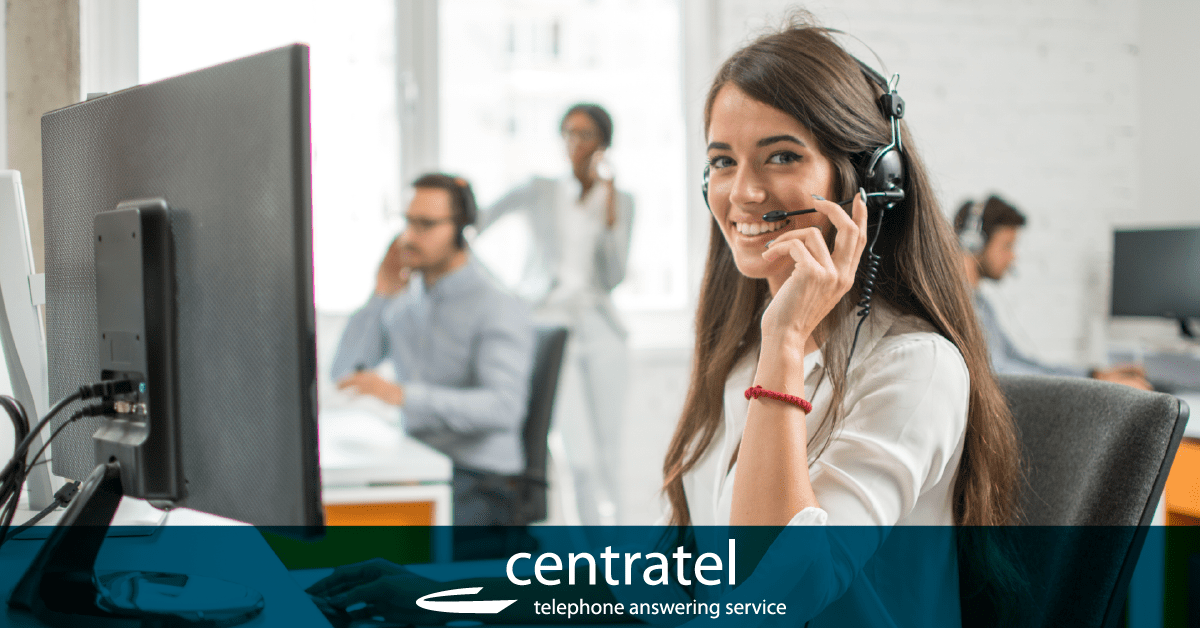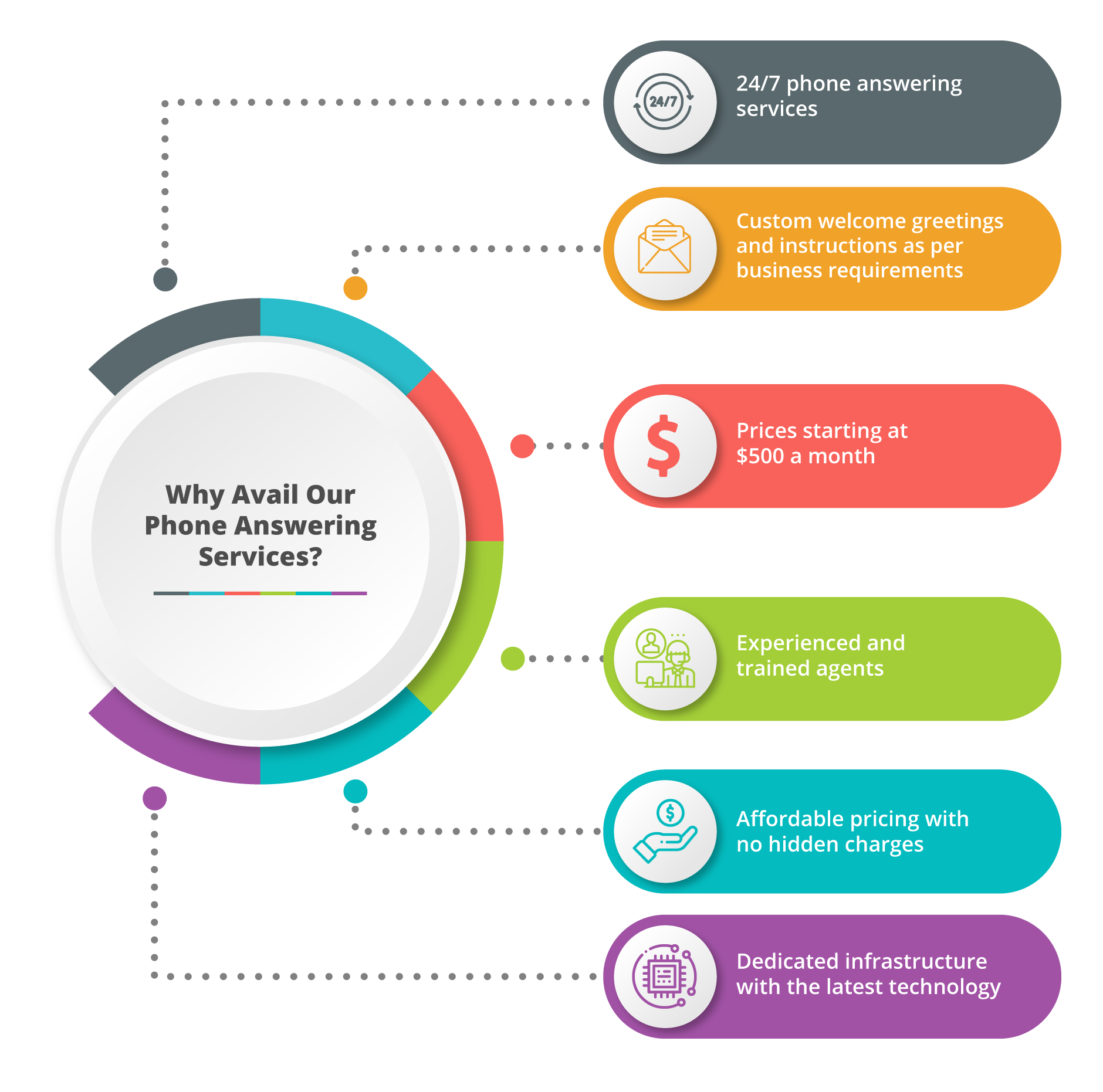All Categories
Featured
Table of Contents
- – When Are The Best What Is The Difference Betwee...
- – What Is The Best Phone Answering Service - Int...
- – What Is The Best Virtual Receptionist - Answer...
- – What Is The Best The Best Answering Service F...
- – Which Is The Best A Guide To Using Automated ...
- – What Is The Best What Is An Answering Servic...
When Are The Best What Is The Difference Between An Answering Service And ... Deals
This device and its followers were designed by Sava Jacobson, an electrical engineer with a private consulting company. While early answering makers used magnetic tape innovation, the majority of contemporary devices uses solid state memory storage; some gadgets utilize a mix of both, with a solid-state circuit for the outbound message and a cassette for the inbound messages.
"toll conserving" below) (business answering service). This works if the owner is screening calls and does not want to talk with all callers. In any case after going, the calling party needs to be notified about the call having actually been addressed (for the most part this starts the charging), either by some remark of the operator, or by some welcoming message of the TAD, or resolved to non-human callers (e.
This holds especially for the Little bits with digitally saved welcoming messages or for earlier devices (prior to the rise of microcassettes) with an unique endless loop tape, different from a second cassette, devoted to recording. There have actually been answer-only devices without any recording abilities, where the welcoming message needed to inform callers of a state of current unattainability, or e (phone answering).
What Is The Best Phone Answering Service - Intelligent Office Software?

about schedule hours. In tape-recording TADs the greeting normally includes an invite to leave a message "after the beep". An answering maker that utilizes a microcassette to tape-record messages On a dual-cassette answerphone, there is an outbound cassette, which after the defined number of rings plays a pre-recorded message to the caller.

Single-cassette voice mail include the outbound message at the beginning of the tape and inbound messages on the remaining area. They first play the statement, then fast-forward to the next readily available area for recording, then tape the caller's message. If there are many previous messages, fast-forwarding through them can cause a significant delay.
This beep is often referred to in the greeting message, asking for that the caller leave a message "after the beep". Littles with digital storage for the tape-recorded messages do disappoint this delay, obviously. A TAD may use a remote control center, whereby the answerphone owner can call the house number and, by going into a code on the remote telephone's keypad, can listen to taped messages, or erase them, even when far from home.
What Is The Best Virtual Receptionist - Answering Service - Phone Answering

Therefore the device increases the number of rings after which it answers the call (usually by 2, leading to 4 rings), if no unread messages are currently kept, but responses after the set number of rings (generally 2) if there are unread messages. This enables the owner to discover whether there are messages waiting; if there are none, the owner can hang up the phone on the, e.
Some makers likewise enable themselves to be remotely triggered, if they have been turned off, by calling and letting the phone ring a particular a great deal of times (typically 10-15). Some provider abandon calls currently after a smaller sized number of rings, making remote activation difficult. In the early days of Littles an unique transmitter for DTMF tones (dual-tone multi-frequency signalling) was regionally needed for remote control, considering that the formerly used pulse dialling is not apt to communicate proper signalling along an active connection, and the dual-tone multi-frequency signalling was implemented step-by-step.
Any inbound call is not identifiable with respect to these properties in advance of going "off hook" by the terminal devices. So after going off hook the calls should be switched to proper gadgets and only the voice-type is right away available to a human, however possibly, nevertheless need to be routed to a TAD (e.
What Is The Best The Best Answering Service For Clinics Company?
What if I informed you that you do not have to actually get your device when addressing a consumer call? Somebody else will. So practical, ideal? Addressing call does not require someone to be on the other end of the line. Efficient automated phone systems can do the trick just as effectively as a live agent and sometimes even better.
An automated answering service or interactive voice action system is a phone system that interacts with callers without a live individual on the line - phone answering service. When companies use this technology, customers can get the response to a question about your company simply by utilizing interactions established on a pre-programmed call flow.
Although live operators update the client service experience, numerous calls do not need human interaction. An easy recorded message or instructions on how a client can retrieve a piece of details generally solves a caller's instant requirement - answering service. Automated answering services are a simple and effective method to direct incoming calls to the ideal individual.
Which Is The Best A Guide To Using Automated Answering Systems Plan
Notice that when you call a business, either for assistance or product questions, the very first thing you will hear is a pre-recorded voice greeting and a series of alternatives like press 1 for customer care, press 2 for inquiries, and so on. The pre-recorded options branch off to other choices depending on the client's choice.
The phone tree system helps direct callers to the ideal person or department using the keypad on a cellphone. In some circumstances, callers can utilize their voices. It's worth keeping in mind that auto-attendant alternatives aren't restricted to the ten numbers on a phone's keypad. As soon as the caller has actually picked their first option, you can design a multi-level auto-attendant that uses sub-menus to direct the caller to the ideal sort of help.
The caller does not need to communicate with a person if the auto-attendant phone system can manage their issue. The automated service can route callers to a worker if they reach a "dead end" and require assistance from a live representative. It is pricey to hire an operator or executive assistant.
What Is The Best What Is An Answering Service? Right Now
Automated answering services, on the other hand, are significantly more economical and provide significant cost savings at an average of $200-$420/month. Even if you do not have actually devoted personnel to manage call routing and management, an automated answering service improves efficiency by allowing your team to concentrate on their strengths so they can more effectively spend their time on the phone.
A sales lead routed to customer support is a lost shot. If a consumer who has product concerns reaches the wrong department or receives incomplete responses from well-meaning employees who are less trained to deal with a specific type of concern, it can be a reason for disappointment and dissatisfaction. An automated answering system can lessen the variety of misrouted calls, thus helping your workers make much better use of their phone time while releasing up time in their calendar for other jobs.
With Automated Answering Systems, you can develop a personalized experience for both your personnel and your callers. Make a recording of your primary greeting, and simply upgrade it regularly to reflect what is going on in your company. You can produce as lots of departments or menu alternatives as you desire.
Table of Contents
- – When Are The Best What Is The Difference Betwee...
- – What Is The Best Phone Answering Service - Int...
- – What Is The Best Virtual Receptionist - Answer...
- – What Is The Best The Best Answering Service F...
- – Which Is The Best A Guide To Using Automated ...
- – What Is The Best What Is An Answering Servic...
Latest Posts
Reliable Receptionist Service Near Me
Trusted Virtual Reception Provider with Unmatched Reliability
Expert-Driven Remote Reception Desk
More
Latest Posts
Reliable Receptionist Service Near Me
Trusted Virtual Reception Provider with Unmatched Reliability
Expert-Driven Remote Reception Desk